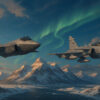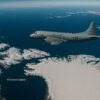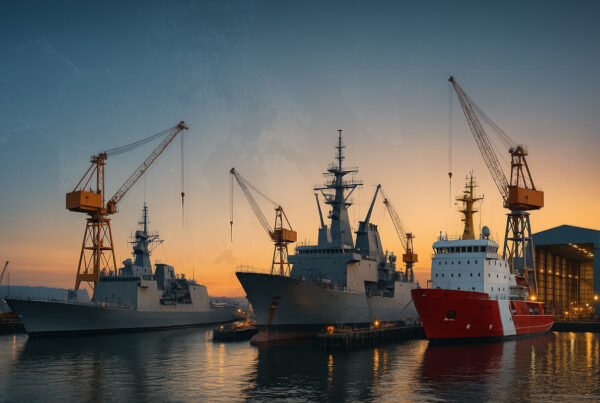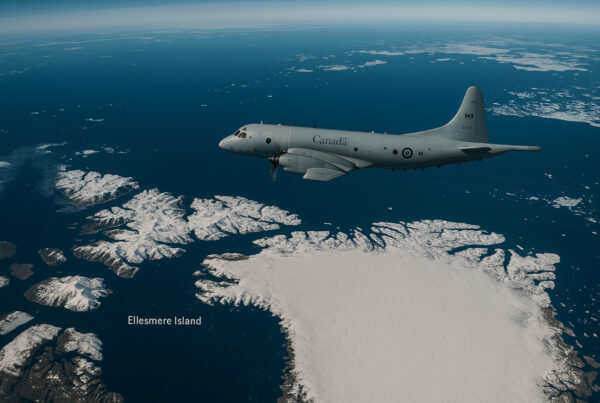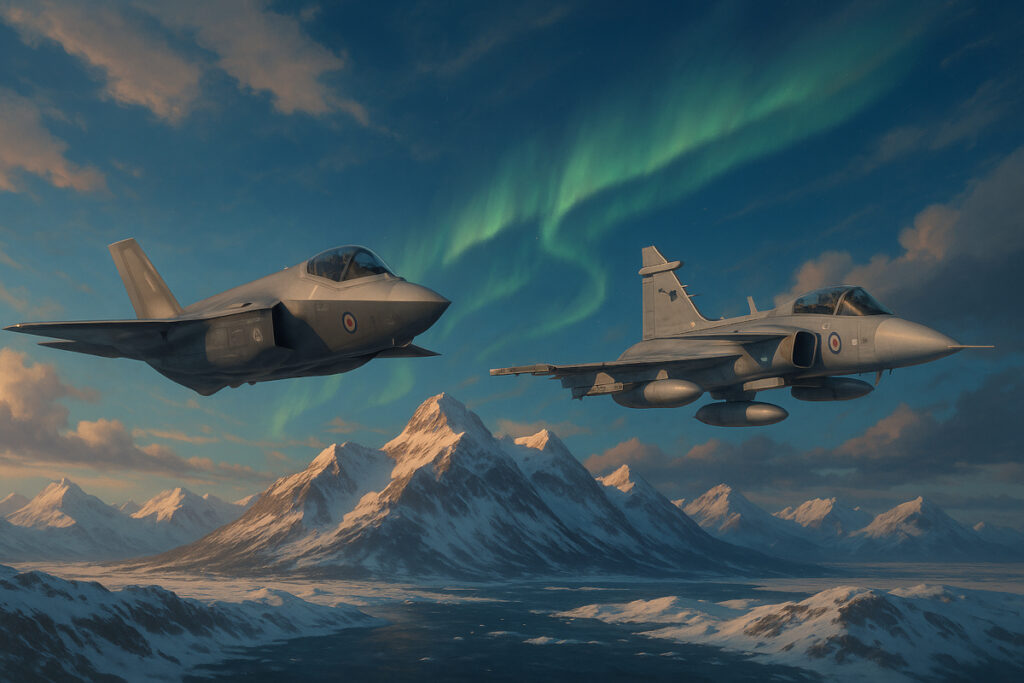 Written by C. L.
Written by C. L.
The Royal Canadian Air Force’s (RCAF) multi-role fighter fleet of McDonnell Douglas CF18s have been in service with the RCAF since 1982 and have done their job valiantly. Although not obsolete, the CF18 is expensive to maintain and does not offer the advanced Electronic Warfare (EW) measures and countermeasures that the Lockheed Martin F35 and Saab Gripen E do.
The Gripen dominates in air superiority, long-range patrolling and interceptions at a reasonable cost, while the F35 commands the airspace giving the RCAF the most advanced and lethal aircraft available to us. Although the Gripen is not classified as a stealth aircraft, it uses EW measures to present the smallest radar cross section out of any other Western non stealth fighter. Acquiring both jets gives Canada flexibility in our defensive and offensive capabilities and diversifies our supply chains while making a significant contribution to NATO.
The Gripen E is equipped with the Selex Raven radar, Infrared Search and Track (IRST) and advanced electro-optical systems. These systems allow the jet to detect, track and designate targets at sea, such as ships or coastal installations. Paired with Saab’s RBS15 anti-ship missiles, the Gripen would become a formidable defender of Canadian waters and airspace. The Gripen would be a contributing asset in supporting naval operations in the region as well. Integrated into the Gripen is a tactical data-link system enabling the jet to communicate in real time with Royal Canadian Navy (RCN) assets.
Gripens can operate further away from supply chains in areas where higher maintenance becomes more challenging due to their reduced maintenance requirements and costs. The time it takes to rearm and prepare a Gripen for a new sortie is significantly lower than it is for an F35. The Gripen is designed and built to be operated in harsh weather conditions, from extreme hot to extreme cold. This makes it a perfect jet for Canada’s Arctic as its engine and on-board systems have no issues in extreme cold. The Gripen is a faster jet with a top speed of Mach 2 compared to the F35’s top speed of Mach 1.6 with a longer range (3,250 km) than the F35 (2,200 km), making it the better choice for patrols and interceptions near the Arctic Circle.
The importance of introducing stealth multi-role fighter aircraft into the RCAF cannot be underestimated. Canada must be able to fly alongside other NATO F35 squadrons to ensure maximum interoperability between allied nations, this is becoming ever more crucial in European defense.
Lockheed Martin understands that air dominance is the cornerstone of modern military success. The F35 would give the RCAF an air dominant fighter for the first time. The Gripen would excel at securing and maintaining air superiority effectively, but when it comes to dominating an airspace, only the F35 can be relied upon. The advanced radar of the F35s and its electro-optical targeting system is integrated into a unified picture that allows the pilot to see and engage targets from all angles (even directly behind the aircraft) giving the F35 supreme situational awareness.
The relatively low maintenance requirements, advanced sensors and ability to operate in extreme conditions makes the Gripen the best fit for around the clock Arctic patrolling and potential incursions into our airspace.
The integration of the F35’s advanced sensors that give it maximum situational awareness while remaining undetected, enables Canada to take the fight to the enemy should we need to. It promotes deterrence and allows us to seamlessly integrate with other F35 flying nations. Both the Gripen E and F35 offer the RCAF aircraft that have unique capabilities that would each greatly contribute to Canada’s national security in myriad ways.


